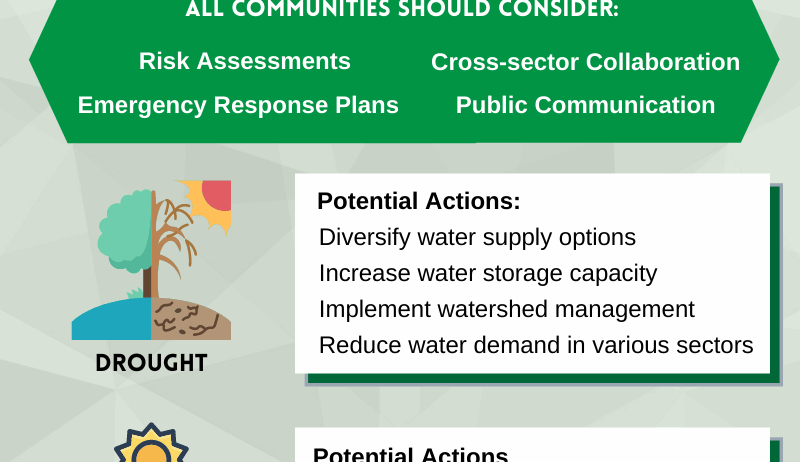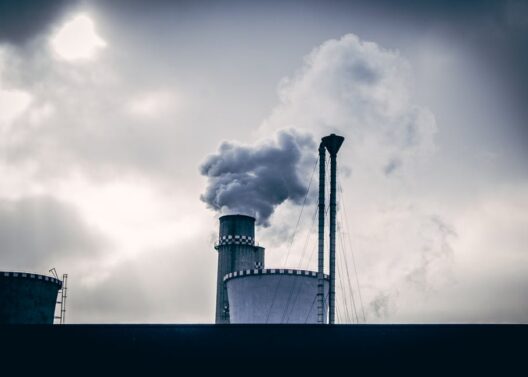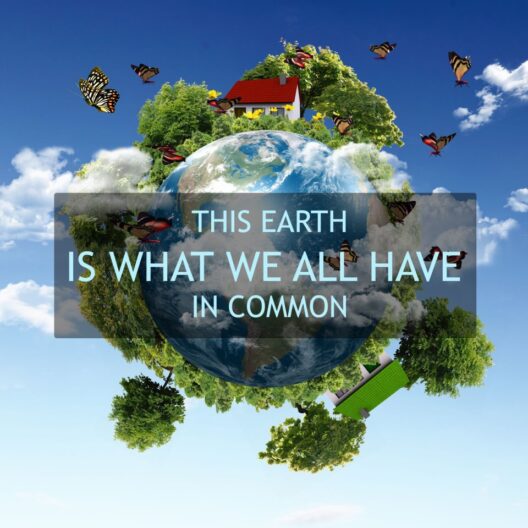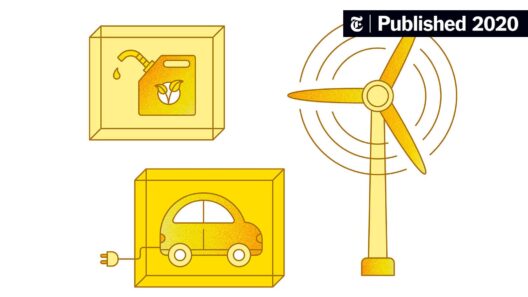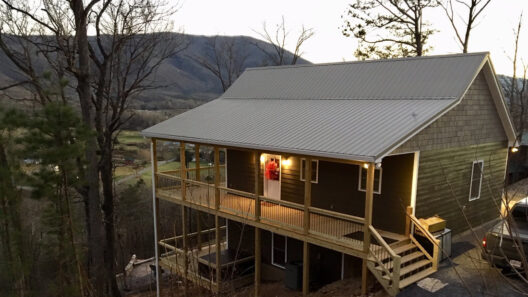As we navigate the treacherous waters of climate change, a pressing question emerges: What if our very way of life is more fragile than we imagine? This inquiry is not merely rhetorical; it serves as a clarion call for introspection and action. Climate resilience, a term that has permeated discussions about sustainability, encapsulates the strategies by which communities can fortify themselves against the multifaceted challenges posed by climate variability and extreme weather events.
The concept of climate resilience encompasses the capacity of societies to anticipate, prepare for, respond to, and recover from environmental stressors. This involves a profound understanding that while no community can escape the repercussions of climate change entirely, they can significantly mitigate its adverse effects through proactive measures. Resilience isn’t simply about bouncing back—it’s about bouncing forward into a state that is more robust and adaptive than before.
So, how does one define climate resilience in a tangible manner? It begins with recognizing the vulnerabilities inherent in our socio-economic fabrics. Communities worldwide face a myriad of threats: rising sea levels, unpredictable rainfall patterns, wildfires, and extreme temperatures, to name a few. These climatic shifts not only endanger the environment but also jeopardize food security, water supply, and public health. To illustrate, consider the coastal cities that stand fortified today but are perilously close to being submerged tomorrow. The question remains: how do we prepare these urban landscapes for such an uncertain future?
At the core of building climate resilience is the integration of adaptive capacity into community planning. This means identifying critical infrastructure—roads, bridges, utilities—and modifying them to withstand inevitable climate stressors. For instance, elevating structures in flood-prone areas or developing drainage systems designed to handle increased precipitation are actionable steps that local governments can undertake. However, infrastructure must not be viewed in isolation. It requires holistic engagement with community stakeholders to ensure that their needs and perspectives are prioritized.
Education emerges as another vital pillar in the architecture of climate resilience. A well-informed populace is better equipped to respond constructively in the face of adversity. Local schools and community centers can serve as pivotal venues for disseminating knowledge about climate change and resilience strategies. Workshops, seminars, and outreach initiatives can empower individuals to take personal responsibility while collectively striving toward communal goals. Imagine a neighborhood where every resident understands the intricacies of local ecosystems, weather patterns, and emergency preparedness strategies. The sense of empowerment and camaraderie that stems from such collective knowledge could be transformative.
Moreover, climate resilience must embrace the principles of equity and social justice. Vulnerable populations often bear the brunt of environmental degradation, exacerbating pre-existing inequalities. Hence, it is imperative that resilience initiatives are inclusive, providing access and resources to marginalized communities. Emphasizing equitable practices ensures that all citizens have a voice in the resilience-building process, enabling collective security despite disparities. For instance, a town disproportionately affected by floods should not only receive funding for infrastructure improvements but also have community-led forums where local voices dictate what resilience looks like for them.
As we ponder these crucial elements, one cannot overlook the role of innovation in harnessing climate resilience. Technological advancements offer exciting avenues for enhancing sustainability. Renewable energy sources, such as wind and solar power, provide alternatives to fossil fuels, drastically reducing carbon footprints. Smart technologies, including IoT sensors and data analytics, enhance resource management and disaster response capabilities. These innovations could revolutionize our approach to climate-related challenges, but pivotal questions arise: Are we prepared to embrace these changes? And how do we ensure their equitable implementation across socio-economic strata?
Policy frameworks are also instrumental in shaping climate resilience. National and local governments must prioritize sustainability in their agendas, channeling funds toward research, disaster preparedness, and community engagement. Climate resilience mandates action at all levels of governance, illustrating the need for coordinated responses that transcend bureaucratic boundaries. Policymakers must also cultivate partnerships with non-profits, academia, and private sectors, recognizing that climate resilience is a shared responsibility that necessitates a multi-faceted approach.
The road to climate resilience is fraught with challenges, yet the urgency of the situation compels us to confront these hurdles head-on. As communities grapple with the complexities of climate change, they are also presented with a monumental opportunity: to rethink and redesign their social, economic, and environmental systems for an uncertain future. The playful question posed earlier transcends mere concern—it echoes the resilience of the human spirit. Can we adapt, evolve, and thrive amidst adversity? The answer lies in our capacity to collaborate, innovate, and commit to a vision of shared resilience.
In conclusion, forging climate resilience requires a symbiotic relationship between communities, educators, and policymakers. It calls for an unwavering dedication to justice and equity, ensuring that no one is left behind in this global effort. As the specter of climate change looms ever larger, it is incumbent upon each community to confront its vulnerabilities, harness its strengths, and embark on a collective journey toward a sustainable future. After all, resilience is not merely a trait; it is a transformative ethos that can redefine our interactions with the planet and each other.


